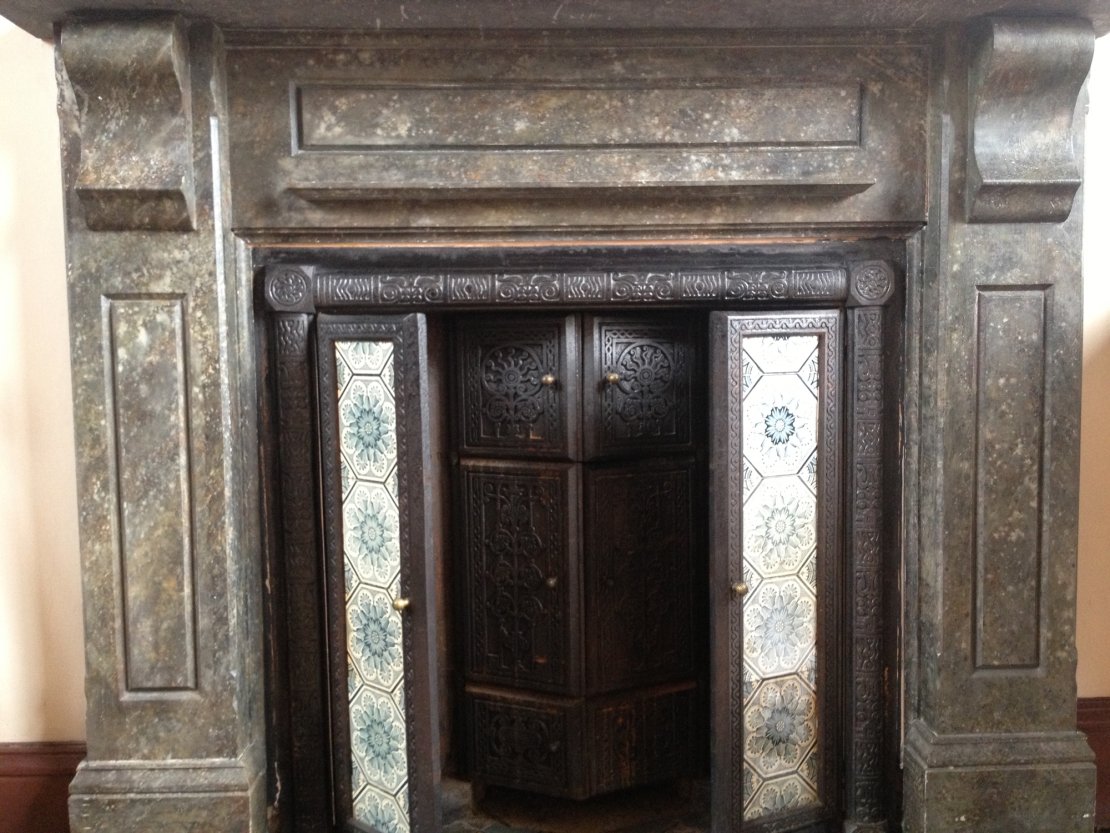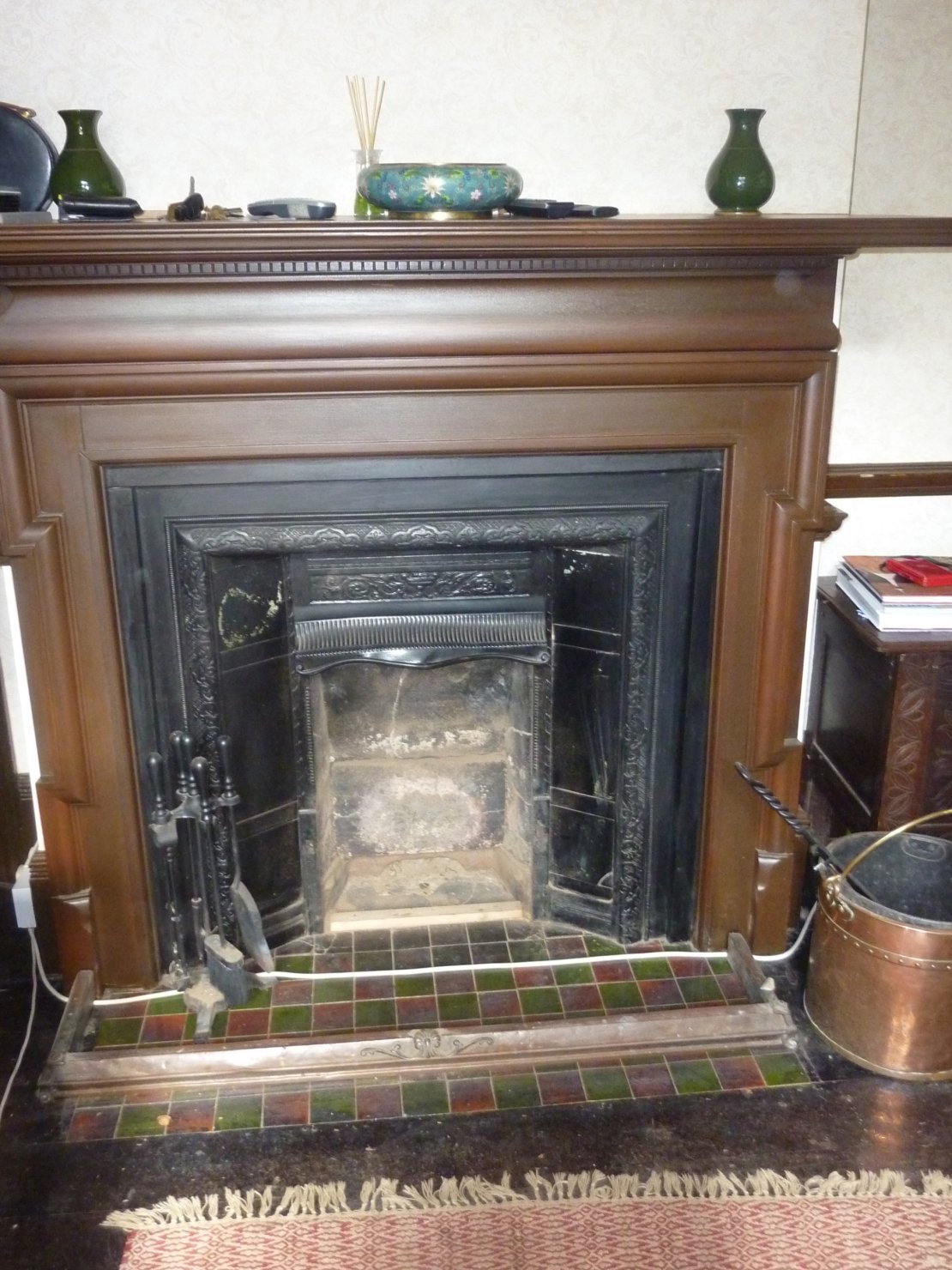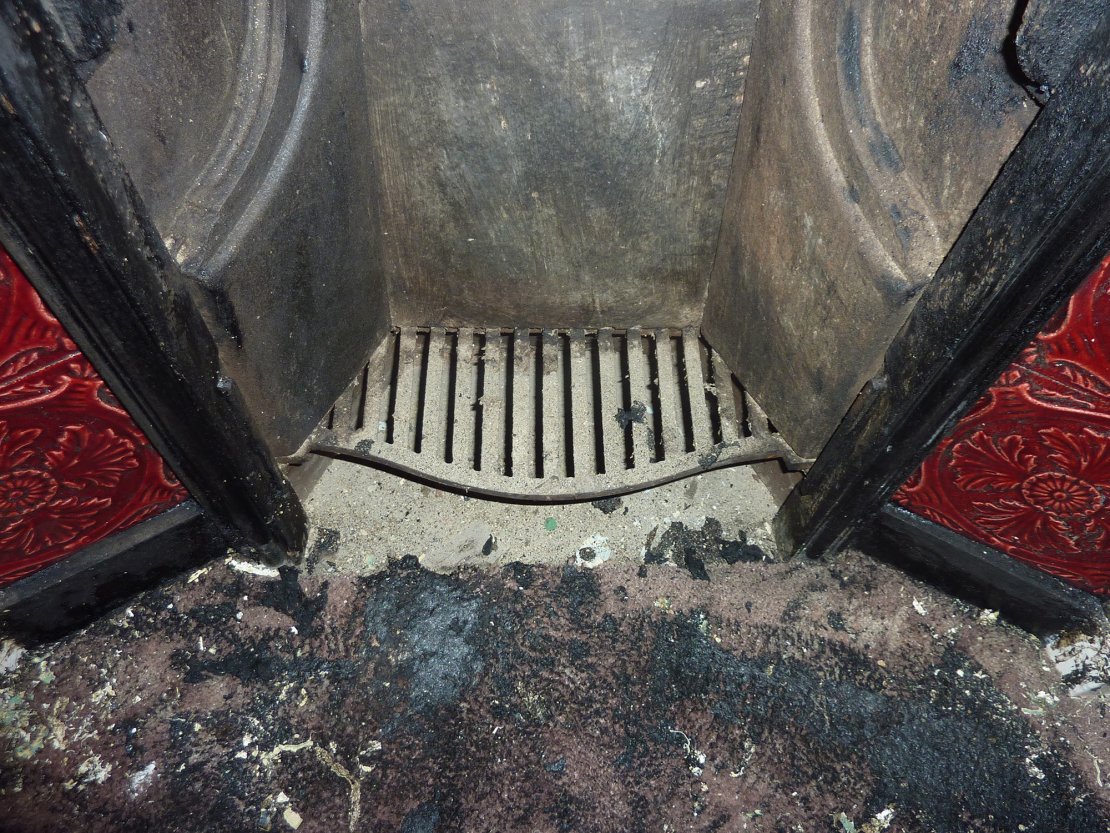Fireplaces can be beautiful centrepieces in all rooms of your Victorian house but they are enhanced incredibly as a period feature if they work and provide a source of heating too. We'll help you achieve that with this article which focuses on bringing your Victorian fireplaces back to life. It would be unusual to have a working fireplace in a bedroom nowadays as people typically want their bedrooms to be cooler than their reception rooms, but there is no reason why you can't have it working in all rooms if you want to.
The first thing to determine when looking to restore your Victorian fireplace is whether it is boarded up and potentially has had other “stuff” put in it to keep the draughts out. If it is boarded up, you need to take away the boarding and put your hand in the hole to see whether the air freely passes up and down the chimney and into the room.

Can I use my Victorian fireplace?
There is no reason why you can't use your Victorian fireplace as long as some checks are made and potentially some work is done if required as decribed below to make sure it is safe to use. You may wish to restore your fireplace just for decorative purposes or because you wish to use it as an extra source of heating as well as a period feature (it is unlikely to serve as your main source of heating). If you do not intend to use it, you should use a chimney balloon inside it which will stop hot air escaping and prevent debris from coming down. Please note that experts advise that a chimney balloon is a temporary fix and is usually used whilst a fire is out of use for summer and that ultimately the chimney still needs to breathe to stop damp from forming. This is good advice and if the chimney is not going to be used on a permanent basis, then it would be best to plate it off above the opening height and have an air vent installed in the plate.
Most Victorian fireplaces are cast iron with decorative tiled panels either side. If the tiles and indeed the cast iron is covered in paint, you should scrape this off with a scraper and possibly using paint stripper to reveal the original tiles. Apply stovax or lead polish to restore the cast iron to it's original glory.

This unrestored fireplace has the tiled panels painted over and damaged hearth tiles before restoration. The 'after' photo is the main article photo with the original tiles revealed and new hearth tiles fitted, with white paintwork to add light and freshness to the room.
If you are going to reinstate the fireplace, check with your local authority whether you are in a smoke free zone. If you are, you will only be allowed to use smokeless fuels on a list as specified by the UK government. Before re-using a fireplace and chimney that have been out of use for a long period of time it is essential the chimney is swept and tested and a certificate issued. If the chimney passes the test then you are permitted to use it but all works done to it to make any alterations are notifiable to local authorities under Building Regulations.
Use smoke pellets or have your chimney smoke tested to check that the smoke is coming out of the top of your chimney and nowhere else and there are no blockages. - if there are blockages this will require further investigation and remedy by a qualified Hetas engineer or indeed may require structural chimney repairs.
If an open fire is to be used in the fireplace rather than a wood burning stove, air vents are required in the room and very specific dimensions of the hearth and sub hearth are required so that the fire draws and works properly and your room is not immediately filled with smoke.
If an insert fire is to be used then the space behind it must be filled.
A must have upgrade to your chimney for safe and efficient use is a flexible flue liner which enables the sweeping of the chimney to be more efficient. This stops heat being transferred onto the bricks and out of the building and being lost. A flue liner is installed by the pots being taken off the top of the chimney and the flue liner being dropped down from the top so this is a job you'd need to use a specialist for and is not a DIY job even if you are very hands on.

Many fireplaces are small for burning coal and you cannot fit logs on. Furthermore a combination of logs and coal can make the flue very sticky and dirty and cause chimney fires. So if only coal has been burnt in the fireplace previously and you intend to use logs, speak to an expert before you start using it in order to avoid a chimney fire.
If your fireplace is severely damaged, or parts of it are missing and you cannot source replacements that will fit, it might be worth considering replacing it. We sell many different fireplace designs taken from original Victorian models in cast iron and in wood.
Don’t forget to install a carbon monoxide alarm in your house which is required by law on any solid fuel burning appliance.
For more details you should download ADJ Building Regulations
https://www.hetas.co.uk/
This article has been written with the help of www.amchimneys.com

Be the first to add a comment...